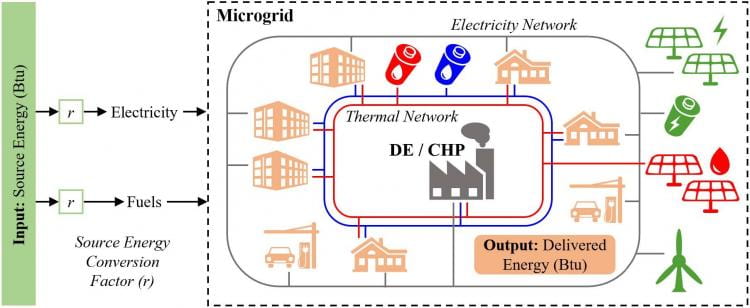
We were very excited to welcome lab alumni Dr. Sen Huang (Prof. Zuo’s first Ph.D. student) to speak at the first seminar as part of the Architectural Engineering Department’s 2024-2025 Distinguished Speaker Seminar Series. Dr, Sen Huang is from Oak Ridge National Laboratory (ORNL) and recipient of the Outstanding Young Contributor Award from IBPSA World and the Emerging Contributor Award from IBPSA-USA chapter.
Dr. Sen presented his research advancements in modeling, sensors, and controls to facilitate connected communities. This was an extremely inspiring presentation to all the students who attended. He also held a student round table to give advice and information regarding career opportunities at national laboratories. We really appreciate him taking the time to come out and present to our students and give valuable insight and guidance. We look forward to future collaborations with Dr. Sen and ORNL.






